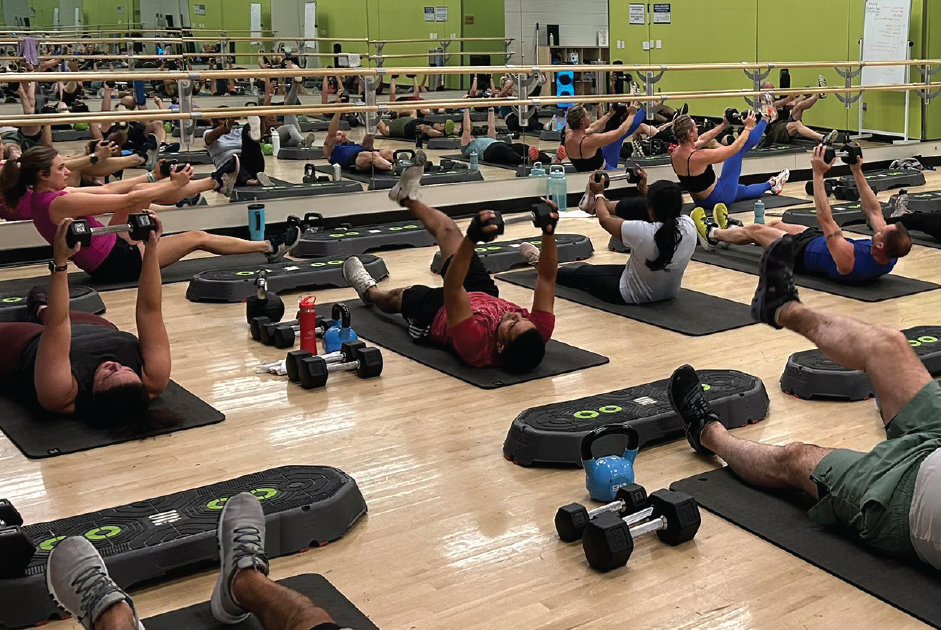Who doesn’t remember sitting down with the boss man, or even the boss lady, for your “Annual Review?” It was a big deal – going over the results, accomplishments and “missed opportunities” – of the preceding 12 months. It meant being evaluated for your performance and your contribution. And, it usually included a “big reveal” – how all of that would show up in your next paycheck. You may have had a small voice in the process – except for the money part which was usually left to the boss’ discretion and some impersonal guidelines handed down from the ivory tower.
I never imagined that this annual workplace ritual would confer invaluable lessons about navigating and reflecting on my retirement life. Back then, tracking my activities and “wins” kept me focused on our shared mission and goals and uber-intentional about how I spent my time. These days, my definition of “performance and accomplishment” looks so much different. And yet, what remains the same is that my intentions always provide direction for how I spend my time and how I live my life in the here and now.
Replace the Annual Review with a Quarterly Plan and Reflection
We sometimes don’t recall what we did 12 minutes ago, much less 12 months ago! If we wait an entire calendar year to reflect and review, we are likely to miss a lot. Instead, I’ve begun to take a more manageable seasonal approach:
In the winter, I set my intentions for spring.
In the spring, I set my intentions for summer.
In the summer, I set my intentions for fall.
In the fall, I set my intentions for winter.
Ground It Somewhere
Dedicate a notebook, journal or Word document for your quarterly planning and reflection. Use the turn of each season to reflect on the one that has just passed and to plan for the season ahead.
Personalize Your Categories
In the workplace, you were told what you were responsible for. At this point, YOU’RE THE BOSS. Start with that blank slate and choose what matters to you. Your categories might include: Health, Travel, Activities to Explore, House Projects, This Year’s Garden, Books to Read and so on. The point is to identify what you want to be intentional and somewhat “planful” about. A cautionary note: less is more. If you are too ambitious, you may feel overwhelmed and scrap the whole idea. Start small, try it out and see where it takes you.
Identify Your Specifics
We all know that a goal such as “walk more often” is a nice intention that doesn’t translate into action. Instead, you might say “This spring, I am going to walk at least three days each week for 20 minutes.” It’s the same with a goal such as reading. Instead of saying “I want to read more literary fiction,” I say “Read three classics this winter. First up: Portrait of a Lady by Henry James. Choose two more. Austen?” You get the idea.
Keep It Fluid
The beauty of capturing your seasonal intentions is that you can modify them at any time. You’re the boss, remember? There are no “rules” here. The idea is to live more intentionally and to gain insight from what you experience in doing so. Which leads us to:
Remember, This Isn’t A Checklist
To hone in on what matters to you now, be sure to ask the questions that matter. For planning the season ahead, you might ask:
What home improvement project would give me the greatest satisfaction?
What specific changes do I want to make to my lifestyle right now?
How can I expand my circle with people my age?
What two bucket list items can I start planning so that they happen?
For reflection, consider:
What discoveries did I make about myself?
What inspired me?
How did I embrace the season?
What lessons can I move forward with and how?
No, this approach won’t get you a raise as it did in the old days, but it will help you plan and reflect your way toward a more intentional retirement – season by season.



















